A new museum opened in Rimini on September 24: it is PART - Palazzi dell’Arte, which was created through the redevelopment of two historic buildings in the Romagna city and houses the San Patrignano Foundation’s large contemporary art collection. What is the museum’s model? How is the itinerary set up? What are the main works on display? And what are the objectives? We talked about all this with Clarice Pecori Giraldi, the museum’s curatorial coordinator.
 |
| Clarice Pecori Giraldi |
IB. The San Patrignano Foundation Art Collection, created in 2017, is the first example in Italy of endowment on an Anglo-Saxon model that allows San Patrignano to have a patrimonial resource, a sort of dowry, in case of future structural investments. Can you better explain in practical terms what this initiative consists of?
CPG. San Patrignano’s Contemporary Art Collection is an eclectic collection of more than 60 works donated by artists, collectors and gallery owners who have thus joined a new form of planning. The works donated and brought together in the San Patrignano Collection constitute an artistic deposit of considerable economic significance that the Foundation, in a pioneering way in Italy, has designed in the form of endowment, a financial model that realizes a prospective form of solidarity through contemporary art. The works in the collection belong to the San Patrignano Foundation, which has an obligation to enhance them through public exhibitions. Only after five years have passed since the donation and only in the case of extraordinary needs, renovation, expansion, or significant maintenance to meet priority needs of the Community’s guests (not for ordinary management), will the sale be possible.
How did the idea of giving a physical space to the Art Collection come about by exhibiting the works belonging to it in the Podestà and Arengo buildings?
In addition to making them the subject of small but meaningful exhibitions, it has always been a key issue for the Foundation to be able to display the Collection in its entirety, to allow it to be enjoyed by the general public. The traveling exhibitions The San Patrignano Collection. WORK IN PROGRESS since 2018 have brought selections of works from the collection to Italy’s main museum institutions: the first stop was the Milan Triennale, then it moved to Palazzo Drago in Palermo, the Maxxi in Rome, the Museo di Santa Giulia in Brescia and Palazzo Vecchio in Florence. Today, with the establishment of PART, in the historic heart of Rimini, this exhibition and financial climax reaches its peak, bringing together in one place a variety of positive instances. Art to be valued must be shared, so we were looking for the most suitable place that would best highlight this nucleus of works, finding it in the Palazzo del Podestà and Palazzo dell’Arengo, in the historic center of Rimini. To the donors there is a great responsibility to maintain, if not further increase, the value of this heritage by highlighting it through its exhibition.
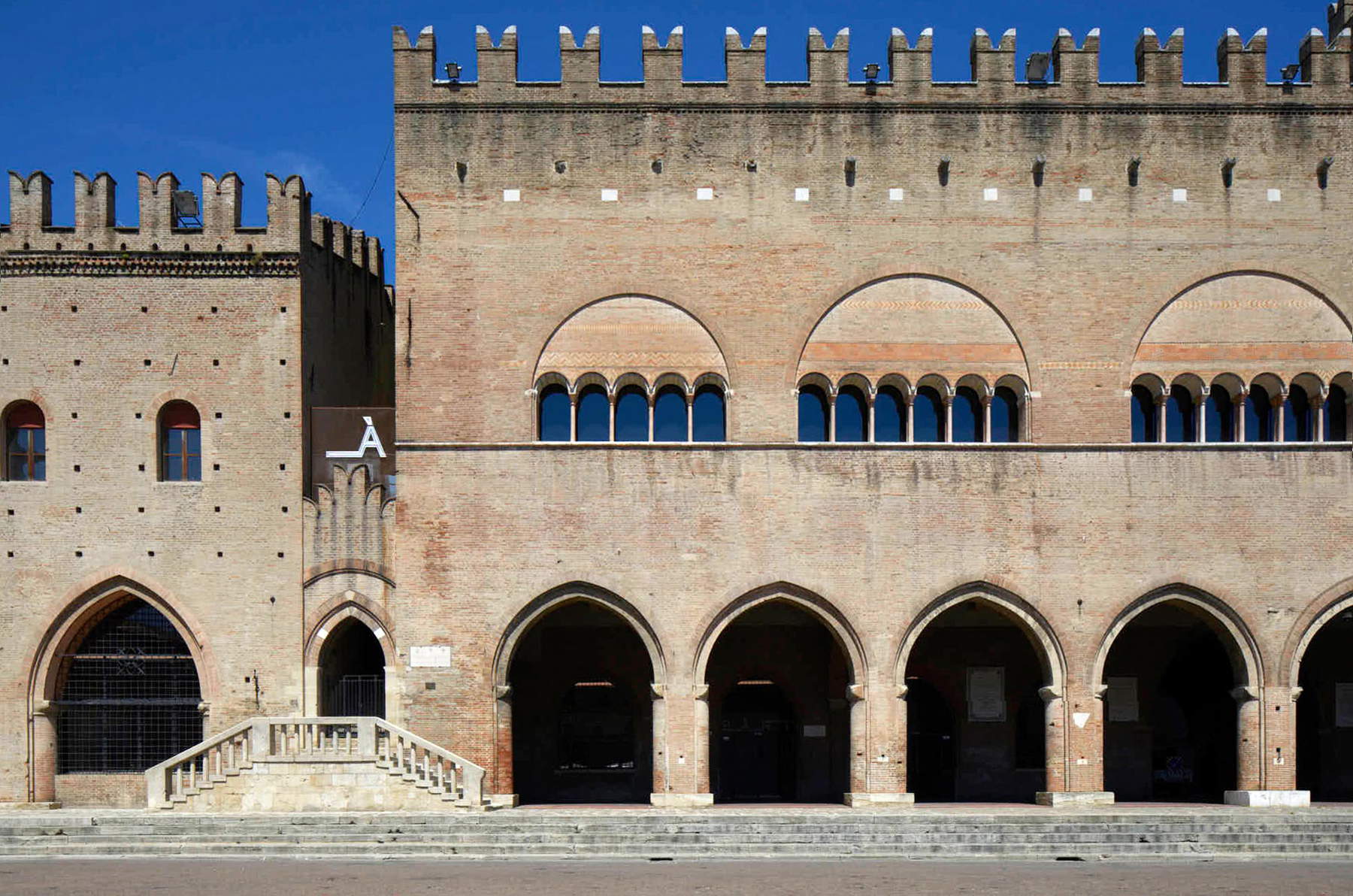 |
| Rimini’s PART. Ph. Credit Henrik Blomqvist |
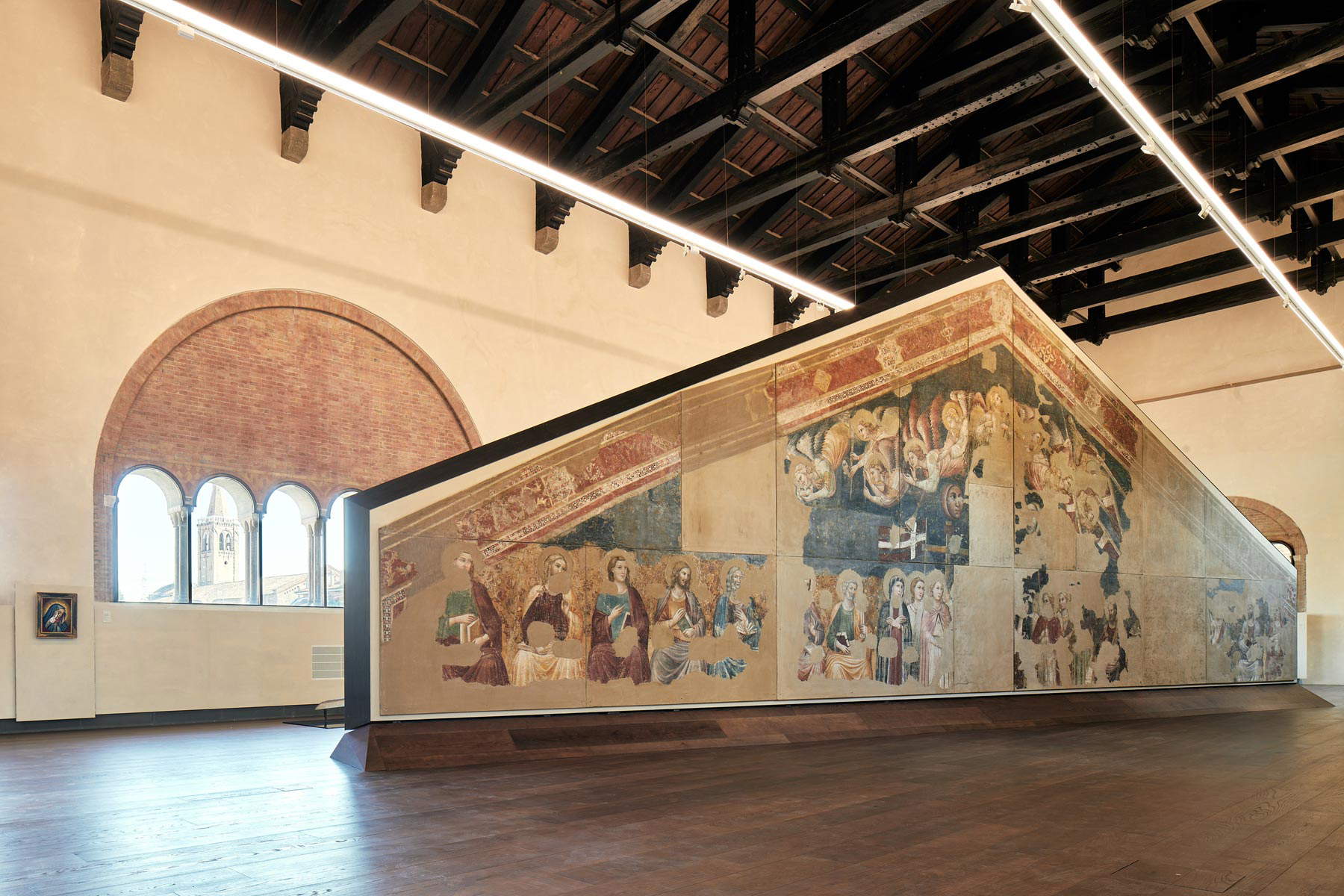 |
| Rimini’s PART. Ph. Credit Henrik Blomqvist |
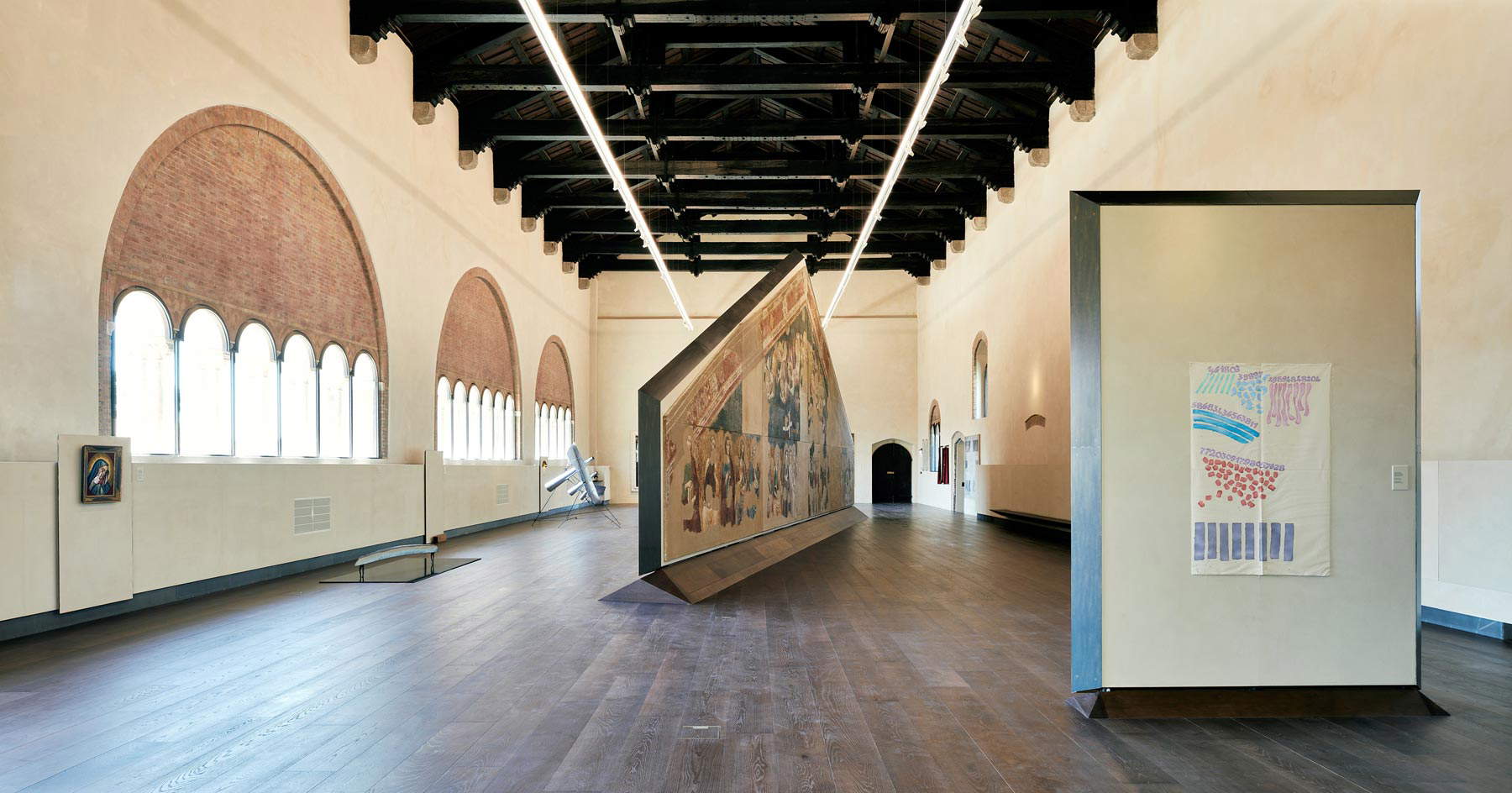 |
| Rimini’s PART. Ph. Credit Henrik Blomqvist |
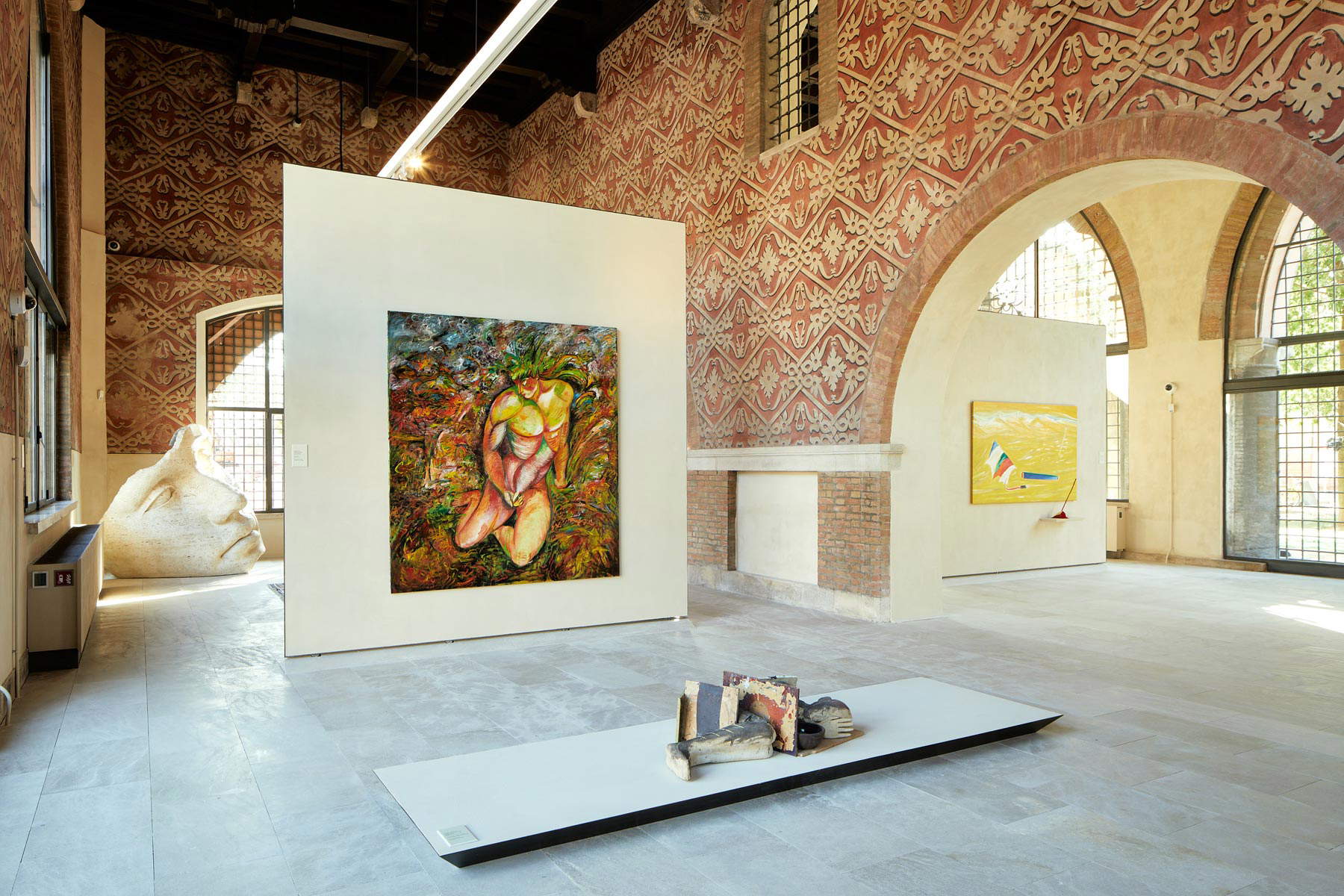 |
| Rimini’s PART. Ph. Credit Henrik Blomqvist |
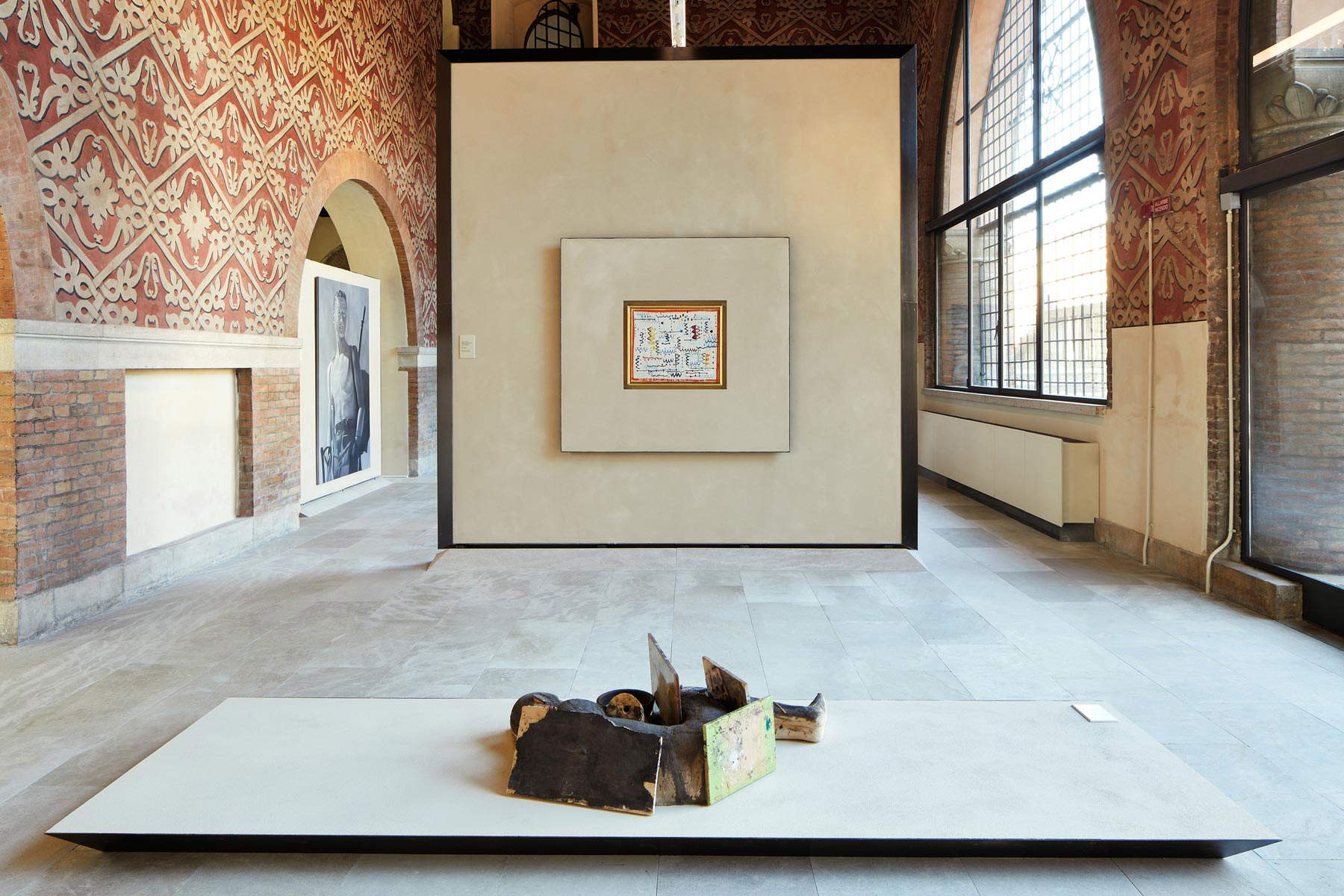 |
| Rimini’s PART. Ph. Credit Henrik Blomqvist |
 |
| Rimini’s PART. Ph. Credit Henrik Blomqvist |
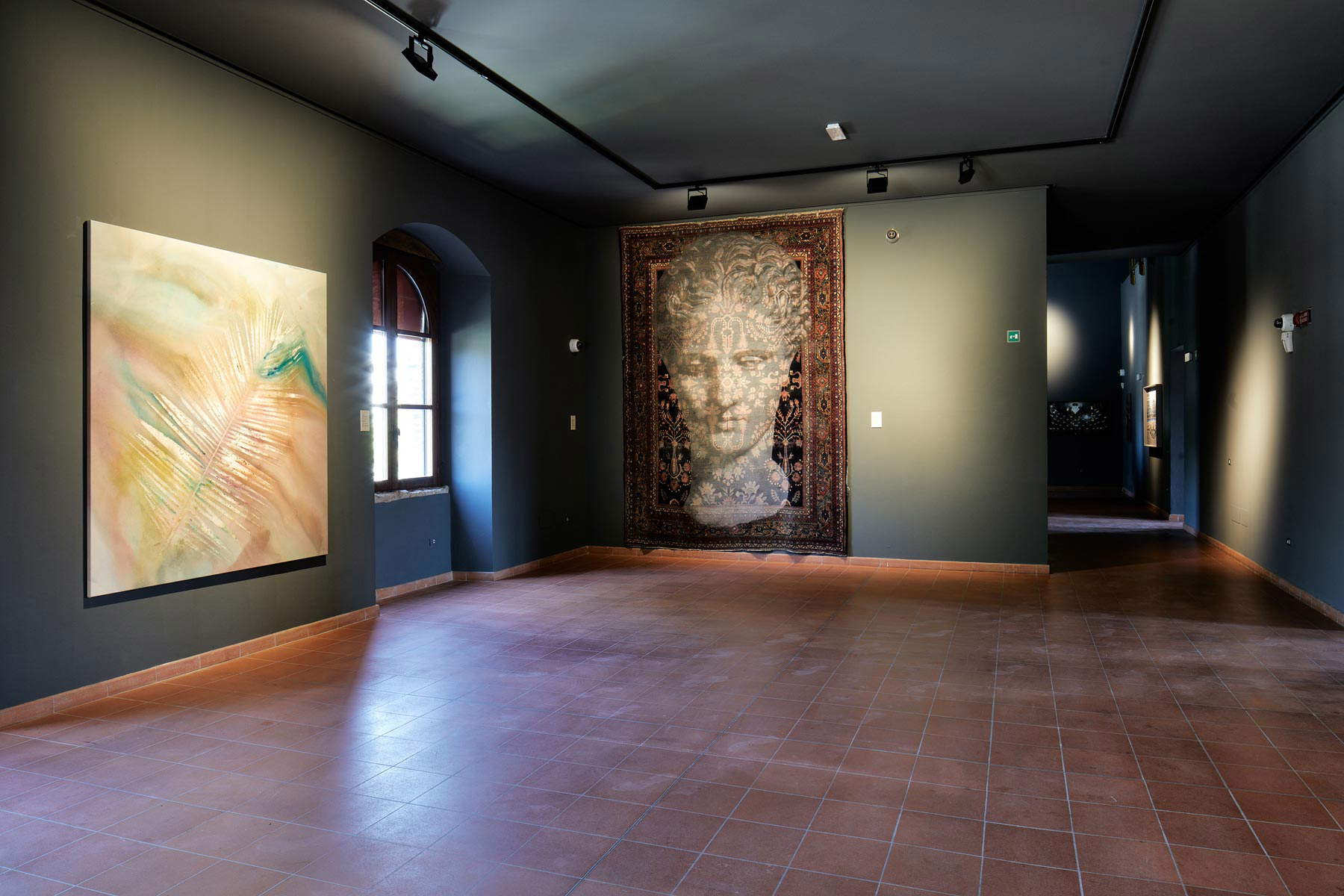 |
| Rimini’s PART. Ph. Credit Henrik Blomqvist |
The museographic project proposes a free enjoyment of the works, which follows neither a chronological nor thematic path nor a historical-critical relationship. Why was this choice made?
The peculiarity of the Collection lies precisely in the heterogeneity and spontaneity of the donations, so it is not possible to identify a uniform narrative or linguistic figure. On the contrary, we wanted to emphasize the common thread that binds the works, the gift, preferring not to have a thematic curatorship that would oblige the visitor’s path inside the museum. We worked on a layout that would broadly recount, and where possible, the various movements in art history such as Transavantgarde and Arte Povera.
What are the most significant works in the Collection?
It is always difficult to choose among works that are so different in history and languages, all the more so when they are linked to the personal relationship created between the Community and the donor. Certainly among the most admired works are Michelangelo Pistoletto’s reflective self-portrait Between Mirror and Canvas, Vanessa Beecroft’s large photograph that welcomes the visitor VBSS.002, Figura Galante by Sandro Chia, the work I look at things with eyes different from yours by Shilpa Gupta, Stanza Bianca, Alabaster Vase by Ettore Spalletti in the large Arengo Hall, and finally Beautiful Black and White Love Charity Painting by Damien Hirst.
PART is hosting a site-specificwork by artist David Tremlett created in collaboration with the boys of the San Patrignano community. What is the work about? What did the collaboration with the boys in the community consist of?
David Tremlett’s large site-specific work welcomes visitors at the entrance to PART. The artist studied the history, buildings and urban planning of Rimini, synthesizing them in the colors that make up the wall painting of the entrance hall. The boys from the San Patrignano community went into action working on the creation of the work in situ together with the artist. Even in the case of the work donated by Roberto Coda Zabetta, the boys from the community were involved by the artist, and in the future, artist Zehra Do?an will be hosted at the Community to create a work in collaboration with the weaving department.
How do the boys in the community approach the Foundation’s art collection? Are any art-related programs or initiatives planned within the San Patrignano community?
The goal of the Collection remains separate from that of the Foundation, and is aimed at engaging and sharing art with the public. However, the Foundation’s commitment comes through professional training activities, and right now we are able to offer several creative fields within the community where craft and artistic skills are fostered.
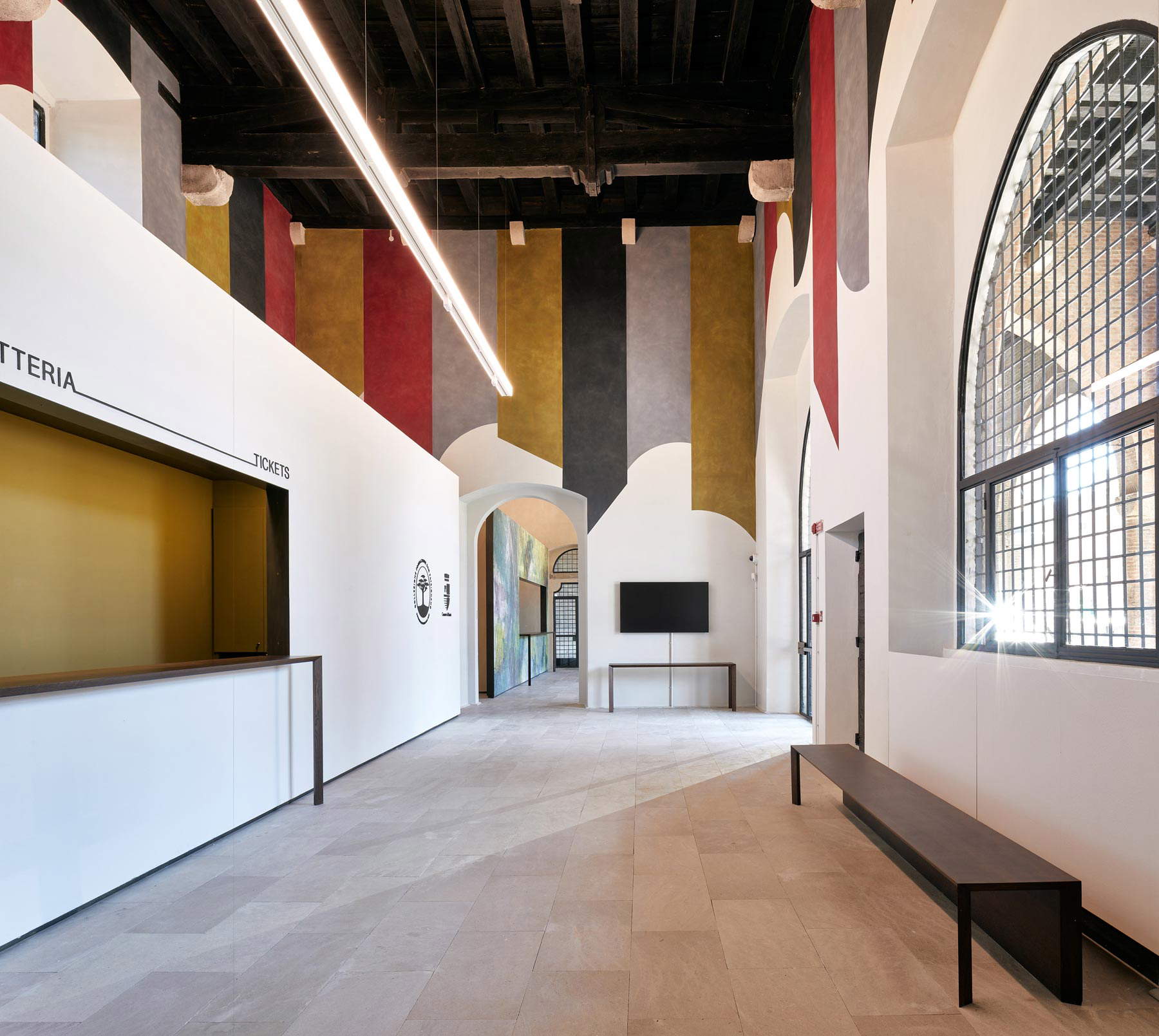 |
| David Tremlett’s talk. ph. Credit Henrik Blomqvist |
 |
| Vanessa Beecroft, VBSS.002 (2006-2017; C-Print digital print, 230.8 x 177.8 cm; Rimini, Part). Ph. Credit Matthieu Placek |
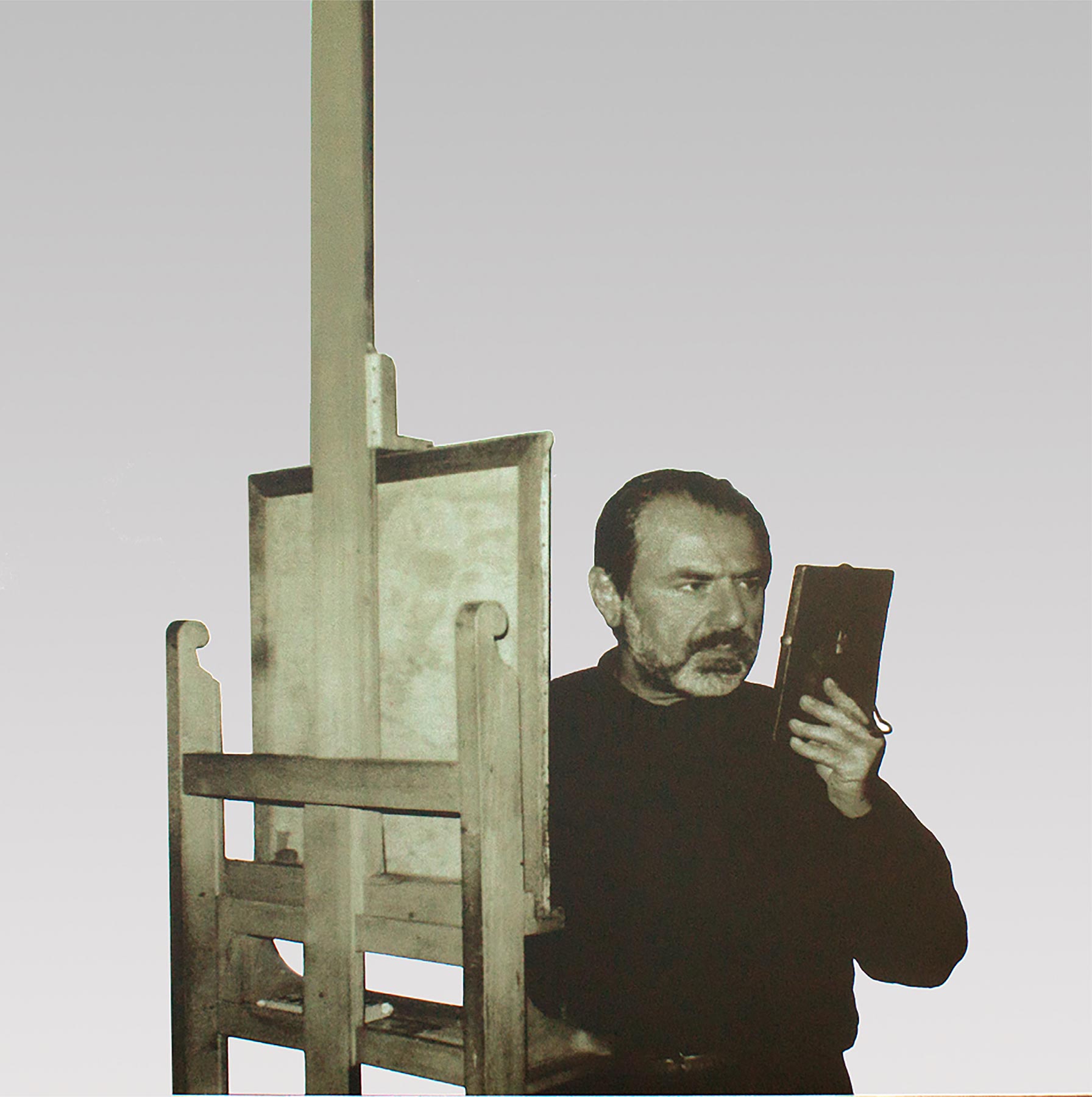 |
| Michelangelo Pistoletto, Between Mirror and Canvas (1988; silkscreen print on mirror-polished stainless steel, 130 x 120 cm; Rimini, PART) |
 |
| Sandro Chia, Figura Galante (1982; oil on canvas, 215 x 195 cm; Rimini, PART) |
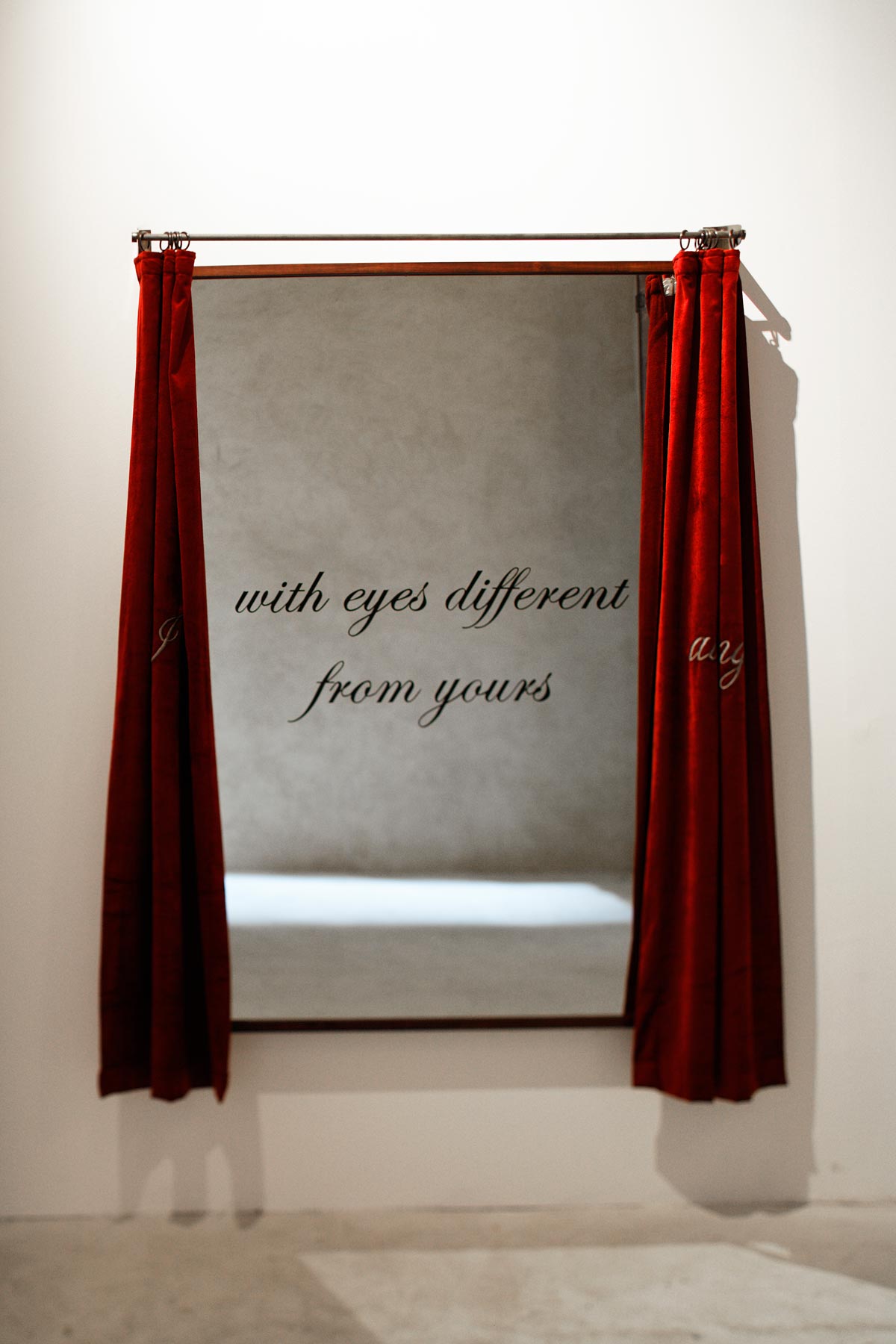 |
| Shilpa Gupta, I look at things with eyes different from yours (2010; Print on mirror, embroidered curtain on metal rod, 147 x 104 x 12.5 cm; Rimini, PART). Ph. Credit Daniel Moulinet |
 |
| William Kentridge, Untitled VI (Nose on Horse:Napoleon) (2007; bronze, 42 x 46 x 19 cm; Rimini, PART) |
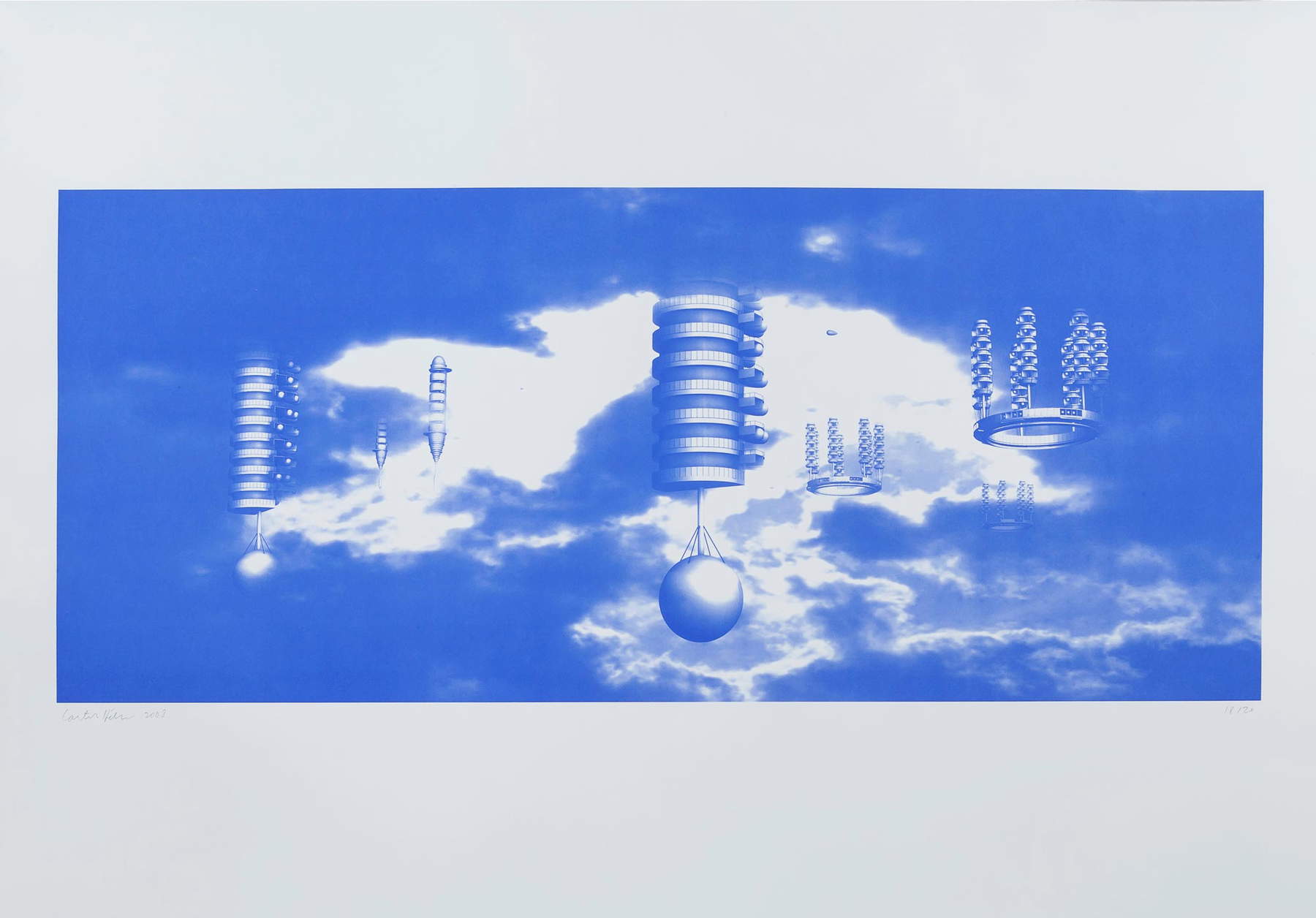 |
| Carsten Höller, Poster on Krutikov Fliegender Stadt (2008; monochrome silkscreen on paper, 47 x 112.4 cm; Rimini, PART) |
Warning: the translation into English of the original Italian article was created using automatic tools. We undertake to review all articles, but we do not guarantee the total absence of inaccuracies in the translation due to the program. You can find the original by clicking on the ITA button. If you find any mistake,please contact us.